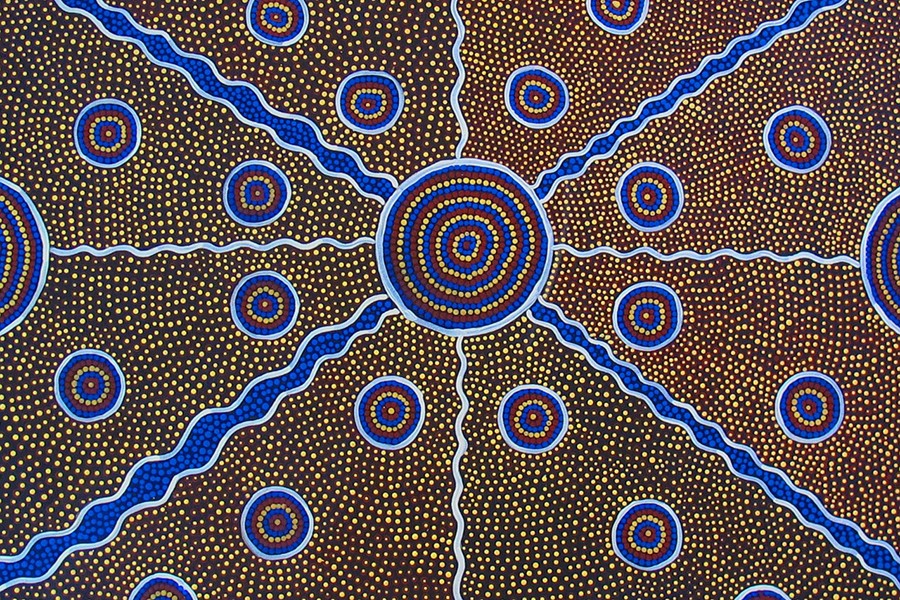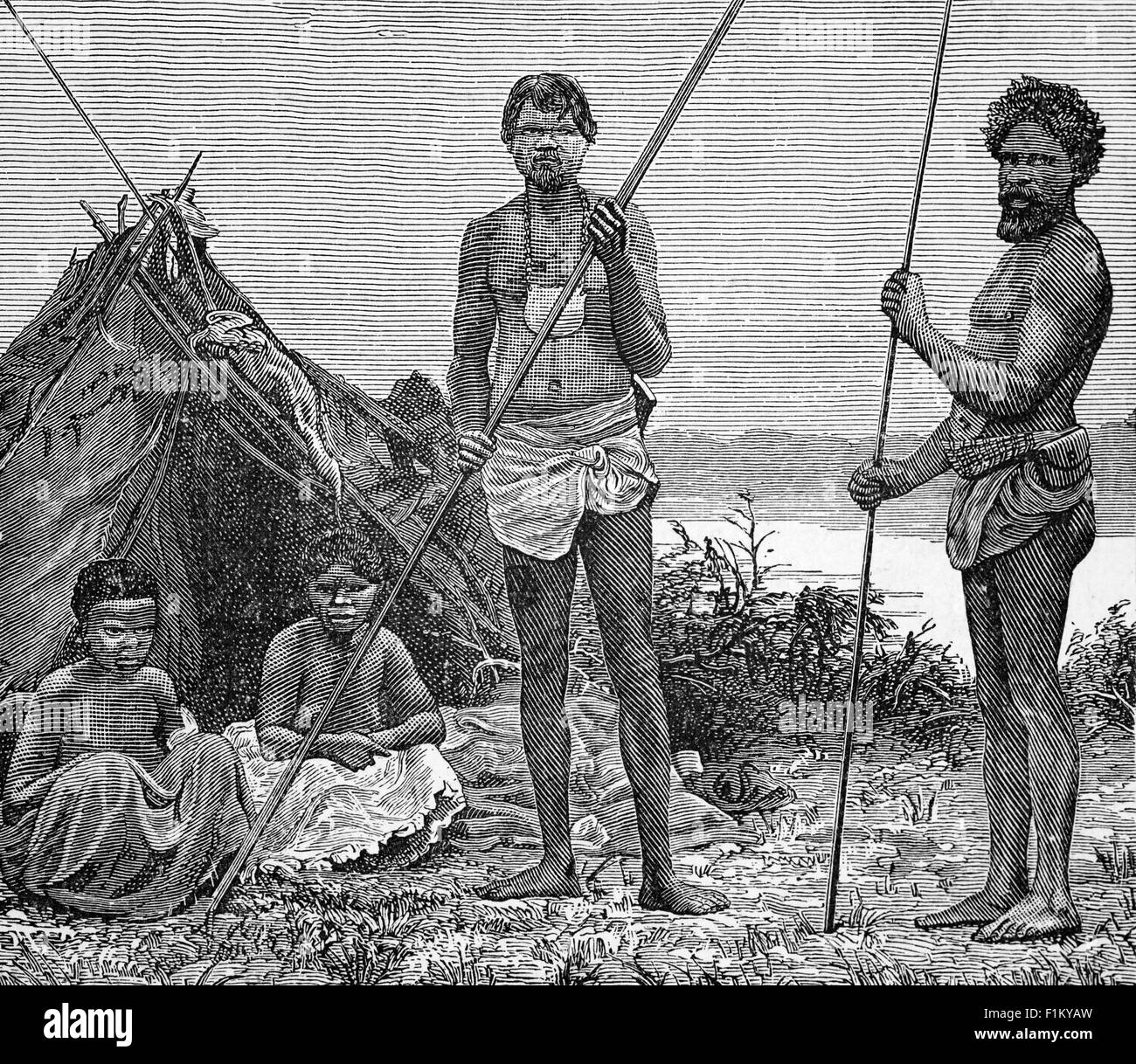A Tapestry of Cultures: Exploring the Rich Histories of Australian Aboriginal and Tamil People
A Tapestry of Cultures: Exploring the Rich Histories of Australian Aboriginal and Tamil People

The world is a vibrant mosaic of cultures, each with its own unique story, traditions, and contributions to the tapestry of human history. Today, we embark on a journey to explore two distinct yet fascinating cultures: the Australian Aboriginal people and the Tamil people. While separated by vast oceans and diverse landscapes, these groups share a common thread of resilience, cultural richness, and a deep connection to their ancestral lands.
The Indigenous People of Australia: Guardians of the Land
Related Articles: A Tapestry of Cultures: Exploring the Rich Histories of Australian Aboriginal and Tamil People
- A Taste Of Paradise: Unveiling The Delectable World Of Australian Tropical Fruits
- The First Australians: A Look At The Aboriginal Population In 1788
- Unveiling The Spirit: Exploring Aboriginal Totem Animals
- Unlocking The Stories Behind Aboriginal Australian Names: A Journey Through Culture And Identity
- Hopping Into Art: Exploring The World Of Kangaroo Artwork
The Australian Aboriginal people are the oldest continuous culture on Earth, with a history spanning over 65,000 years. Their ancestral lands encompass the entire continent, and their connection to the land is profound, encompassing spiritual, cultural, and practical dimensions.
Ancient Traditions and Cultural Expressions:
- Dreamtime: The Aboriginal worldview is deeply rooted in the concept of Dreamtime, a spiritual realm where the ancestral beings created the land, its features, and its inhabitants. This belief system provides a framework for understanding the world and their place within it.
- Art and Storytelling: Aboriginal art is a powerful form of expression, often depicting stories, legends, and spiritual beliefs through intricate designs, symbols, and colours. Storytelling plays a crucial role in preserving cultural knowledge and transmitting it across generations.
- Language and Linguistics: Australia boasts a rich linguistic diversity, with over 250 distinct Aboriginal languages spoken across the continent. Each language holds unique cultural nuances and reflects the specific environment and traditions of its speakers.
- Bush Tucker: Aboriginal people have a deep understanding of the natural world and its resources. Bush Tucker refers to the vast array of edible plants, animals, and insects that form a vital part of their diet.

Challenges and Resilience:
The arrival of European settlers in the 18th century marked a dramatic shift in the lives of Aboriginal people. Forced displacement, dispossession of land, and cultural suppression led to significant hardship and loss. Despite these challenges, Aboriginal people have shown incredible resilience and determination to maintain their cultural identity and fight for recognition and rights.
The Tamil People: A Legacy of Language, Literature, and Culture
The Tamil people, originating from the southern region of India and Sri Lanka, boast a rich history and cultural heritage dating back over 2,000 years. Their language, Tamil, is one of the oldest living languages in the world, and their contributions to literature, art, and philosophy are profound.
A Rich Tapestry of Culture:

- Language and Literature: Tamil literature is renowned for its vastness and diversity, encompassing epic poems, philosophical works, and devotional hymns. The language itself is known for its beauty, precision, and poetic qualities.
- Religion and Spirituality: Hinduism is the dominant religion among Tamil people, with a strong emphasis on deities like Shiva, Vishnu, and Murugan. Temple architecture, rituals, and festivals play a significant role in their spiritual life.
- Art and Architecture: Tamil art and architecture are characterized by intricate details, vibrant colours, and a focus on religious themes. From towering temples to exquisite sculptures, their artistic legacy is a testament to their creativity and skill.
- Cuisine and Culinary Delights: Tamil cuisine is known for its vibrant flavours, aromatic spices, and a diverse range of vegetarian and non-vegetarian dishes. Rice, lentils, vegetables, and seafood are staples in their culinary traditions.

Global Diaspora and Cultural Preservation:
The Tamil diaspora is vast, with communities spread across the world, including Malaysia, Singapore, South Africa, and the United States. Despite geographic separation, Tamil people have maintained their cultural identity through language, festivals, and traditions, ensuring the continued transmission of their heritage.
Connecting the Threads:
While the Australian Aboriginal and Tamil people come from vastly different geographic locations and historical contexts, their stories share common threads. Both cultures have faced challenges and resilience, fought for recognition and rights, and strived to preserve their cultural heritage. Their journeys highlight the importance of understanding and appreciating the diversity of human experiences and the value of cultural preservation in a globalized world.
FAQ: Australian Aboriginal and Tamil People
1. What are the major differences between Australian Aboriginal and Tamil people?
- Geography: Australian Aboriginal people are indigenous to Australia, while Tamil people originate from southern India and Sri Lanka.
- History: Australian Aboriginal culture is the oldest continuous culture on Earth, spanning over 65,000 years, while Tamil culture dates back over 2,000 years.
- Language: Australia boasts a diverse array of Aboriginal languages, while Tamil is a single language spoken by a large population.
- Religion: Aboriginal spirituality is rooted in Dreamtime beliefs, while Hinduism is the dominant religion among Tamil people.
2. What are some of the challenges faced by both groups?
- Australian Aboriginal people: They have faced colonization, dispossession of land, and cultural suppression.
- Tamil people: They have faced social and economic disparities, as well as political conflicts in their homelands.
3. What are some ways to learn more about these cultures?
- Visit museums and cultural centers: Many museums and cultural institutions offer exhibits and programs dedicated to Aboriginal and Tamil culture.
- Attend cultural events and festivals: Participating in festivals and celebrations provides a unique opportunity to experience their traditions firsthand.
- Read books and articles: There are numerous resources available that provide insights into the history, culture, and contemporary experiences of both groups.
- Engage with Indigenous and Tamil communities: Building relationships with members of these communities is a powerful way to learn and understand their perspectives.
4. What can we do to support these cultures?
- Respect their traditions and customs: Treat their cultural practices with respect and sensitivity.
- Advocate for their rights and recognition: Support initiatives that promote their rights, cultural preservation, and social justice.
- Educate ourselves and others: Share knowledge about their history, culture, and contributions to society.
- Support Indigenous and Tamil businesses and organizations: Contribute to their economic empowerment and cultural development.
By embracing the diversity of human experiences and learning from each other, we can foster a more inclusive and understanding world. The stories of the Australian Aboriginal and Tamil people serve as reminders of the resilience, richness, and enduring power of culture in shaping our shared human story.

Closure
Thus, we hope this article has provided valuable insights into A Tapestry of Cultures: Exploring the Rich Histories of Australian Aboriginal and Tamil People. We thank you for taking the time to read this article. See you in our next article!


